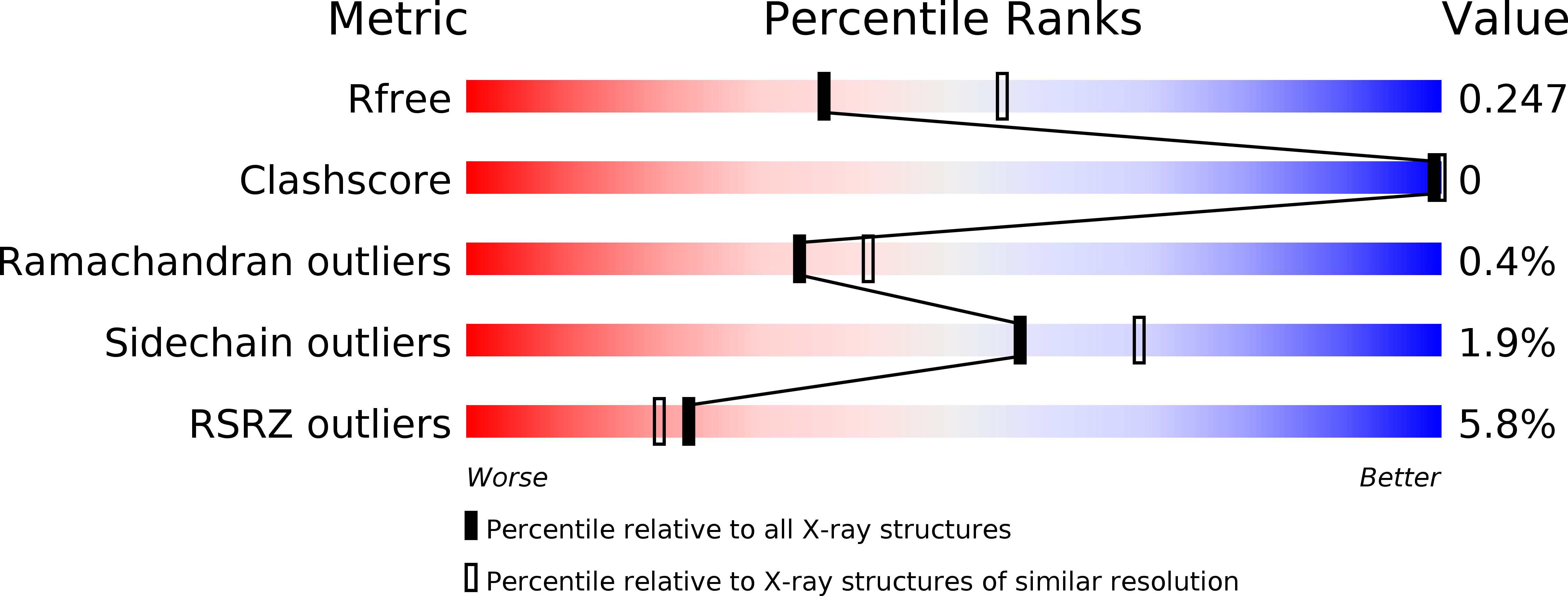
Deposition Date
2016-08-09
Release Date
2016-08-24
Last Version Date
2024-03-06
Entry Detail
PDB ID:
5SXL
Keywords:
Title:
Structure of EspG3 chaperone from the type VII (ESX-3) secretion system, space group P3221
Biological Source:
Source Organism:
Host Organism:
Method Details:
Experimental Method:
Resolution:
2.46 Å
R-Value Free:
0.24
R-Value Work:
0.20
R-Value Observed:
0.20
Space Group:
P 32 2 1


